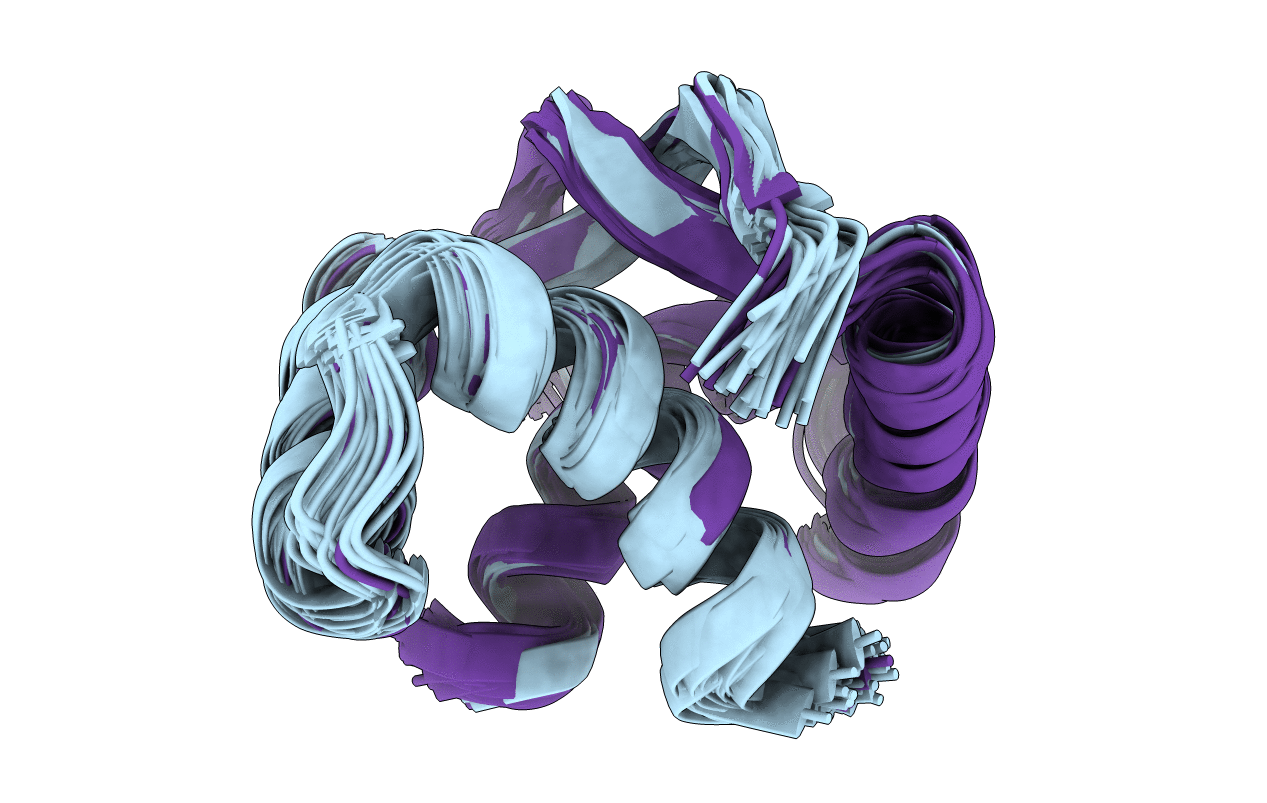
Deposition Date
2007-11-19
Release Date
2008-10-21
Last Version Date
2024-05-29
Entry Detail
PDB ID:
2JXH
Keywords:
Title:
Solution Structure of DNA binding domain of Proline Utilization A (PutA) for Psuedomonas putida
Biological Source:
Source Organism:
Pseudomonas putida (Taxon ID: 303)
Method Details:
Experimental Method:
Conformers Calculated:
100
Conformers Submitted:
30
Selection Criteria:
structures with the lowest energy


